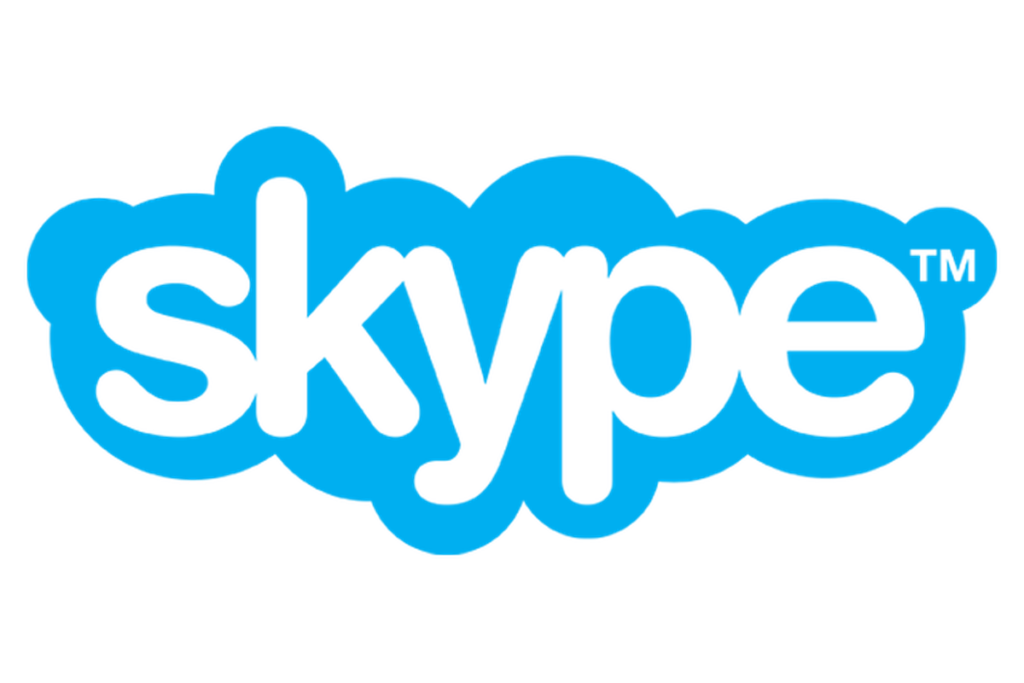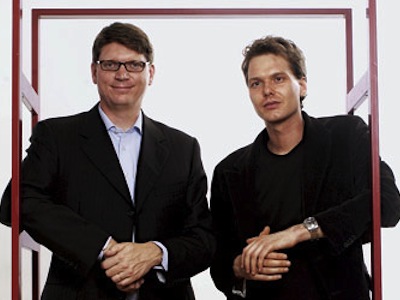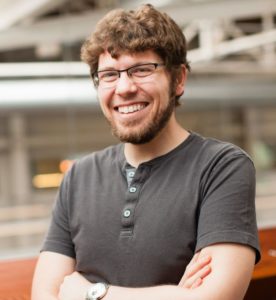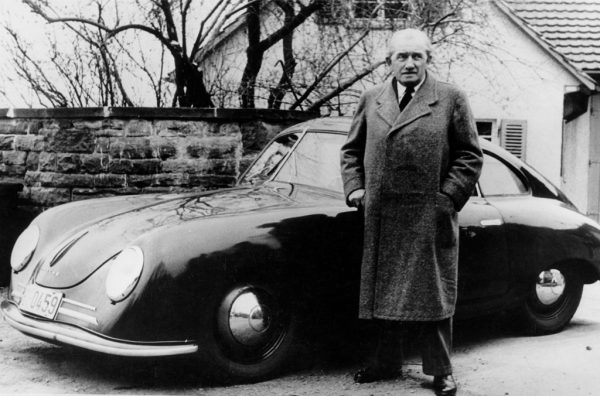Christopher Poole : The Founder of 4Chan Who Tasted Success Without Being Known
The rise of computers and programming languages has brought a revolution in the world. The programming languages have become the biggest contribution to the world and the growth of the economy. That is why most of the people are not hesitant about taking a step in the same field. Little kids and teenagers are the ones who are more curious about them, and there is another reason behind it. The magic a person feels behind building things only by coding makes it interesting enough for the kids and the adults. Also, it has helped many people to grow financially as well.
One such teenage coder was Christopher Poole, who was only fifteen when he founded one of the biggest forum-based social network 4chan. An American enthusiast, Chris was always into programming and loved what he could do with it. Without letting people know, he used to code almost every night.
Chris Poole was born in 1988 in New York City. He lived with his mom and wanted to build a platform that would help him earn some extra money. While in school, he used to create comedy content and post it on ‘Something Awful’, a comedy website.
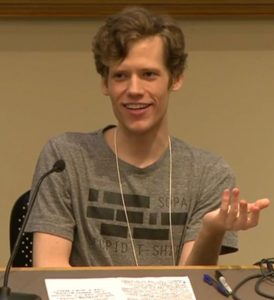
Chris was inspired by Japan’s famous imageboard of ‘Futaba Channel’ (2Chan) and wanted to create something similar for America as well. When he was still in school, he started working on a new project and developed 4Chan, the American version of the Japanese imageboard. He went on to follow the source code of Futaba Channel and took the help of AltaVista’s Babel Fish online translator to translate the code.
On 1 October 2003, when he was just 15, he finally launched 4Chan by pseudonym ‘Moot’. He used the name Moot as he did not want to mix his private and professional life. That is why there is not much information about Chris’s early life. His real identity was only revealed on 9 July 2008, after five years he launched 4Chan, that too, by The Wall Street Journal.
After launching 4Chan and completing his school education, Chris joined the Virginia Commonwealth University. But eventually, he had to quit college only after a few semesters, such that he could focus on his startup.
Soon, 4Chan emerged as a place where people could create and share meme and animes. They had the facility to share the content anonymously as well as non-anonymously. The platform was a great success, and even before revealing his real identity, he got the chance to speak at the Massachusetts Institute of Technology and Yale University as Moot. He had become an influencer in no time.
In 2008, Leopoldo Godoy of Brazilian TV Globo called the site as “the ground zero of Western web culture”. He was named as the world’s most influential person of 2008 by the ‘Time’ magazine after it conducted an open internet poll.
In February 2010, Chris spoke at the ‘TED2010’ conference held at Long Beach, California. In the same year, he also raised a $625,000 for his next startup ‘Canvas Networks’, which he launched in January 2011. But unfortunately, he had to shut the platform due to the security breaches the site was facing.
Though he was running 4Chan with the name of Moot, he always conducted Q&As for the users and answered their questions. Chris worked for 4Chan as the administrator and had already left the job of programming at his company. He, after working for more than 10 years for the company, decided to step down from his post of administrator in 2015. During his career with 4Chan, he achieved a maximum user engagement, i.e. over 20 million monthly visitors to the site.
He announced the news on 21 January 2015 and on 23rd January conducted another Q&A on the platform and a live stream on YouTube.
In September 2015, 4Chan was acquired by Japanese internet entrepreneur Hiroyuki Nishimura for an undisclosed amount. In March next year, Chris revealed through a blog post that he will be joining Google. He joined the company and is still working as an employee.
Though Chris has been secretive about his life, one thing he has always been clear at the right to anonymity. The success he received at such an early age never put a bad influence on him. In fact, he always stayed away from the limelight.

Yashica is a Software Engineer turned Content Writer, who loves to write on social causes and expertise in writing technical stuff. She loves to watch movies and explore new places. She believes that you need to live once before you die. So experimenting with her life and career choices, she is trying to live her life to the fullest.

